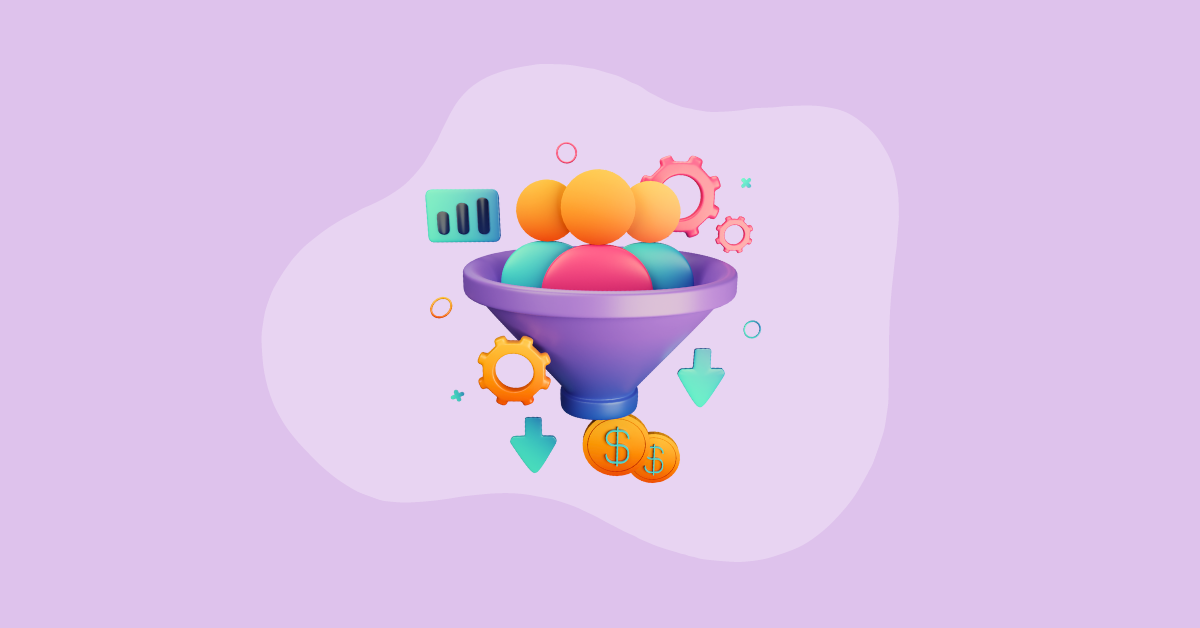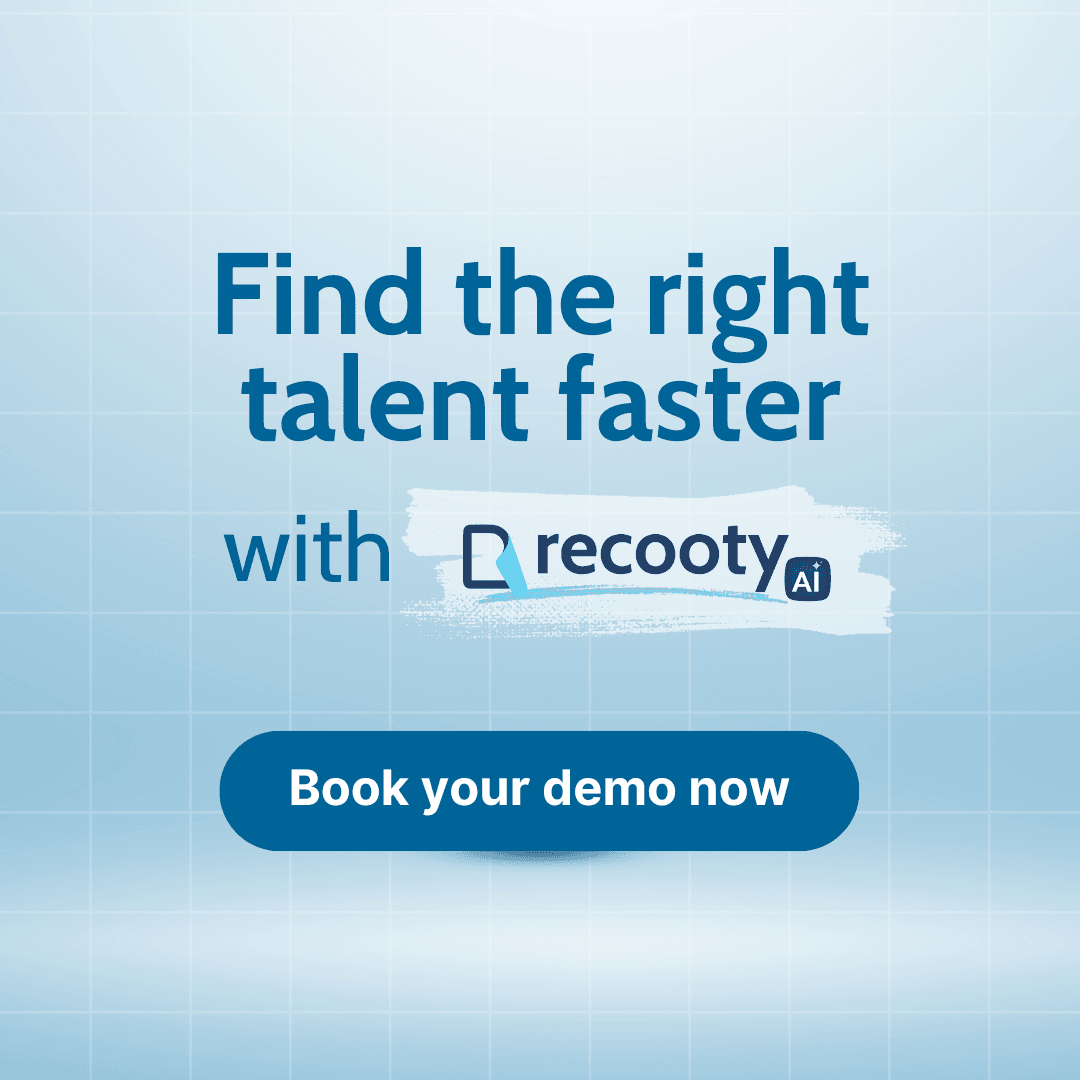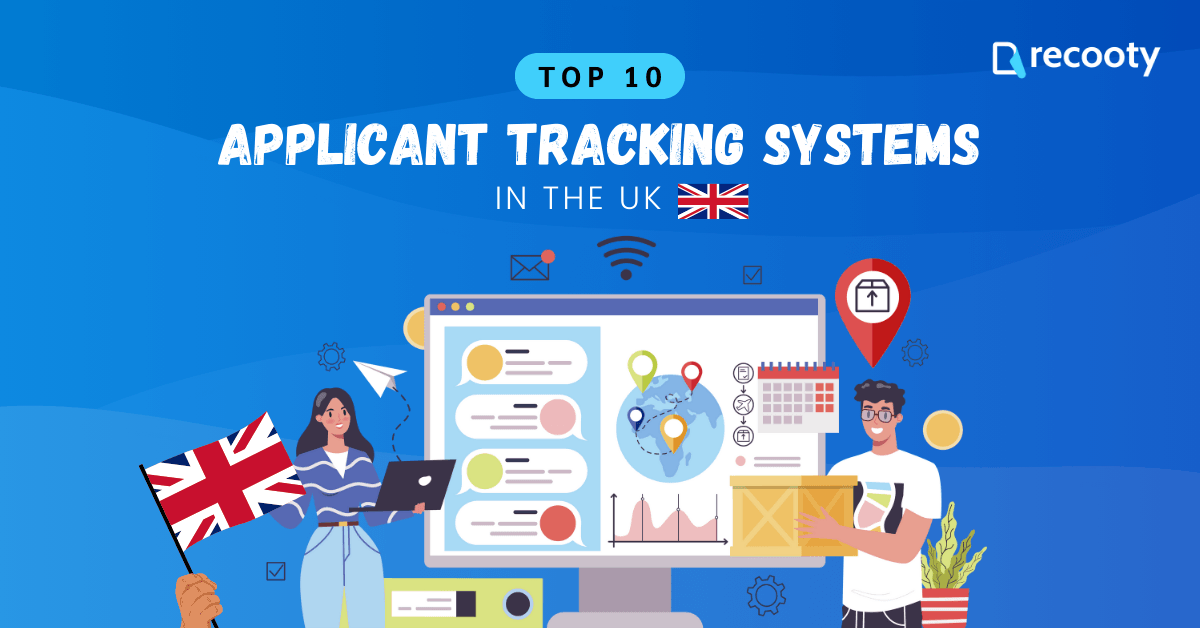
Recruitment has always been the most important function in an organization, and it will probably continue to be the same in the future as well as significantly impact an organization’s success. The right candidates can contribute significantly by bringing in new skills, ideas, and strategies. However, the wrong candidates can prove to be detrimental to an organization. Finding the perfect candidate for your open job roles can often feel like finding a needle in a haystack. So, the modern recruiting market requires recruiters to think outside of the box and be good at marketing and sales as well in order to attract great talent. That’s why, building a recruitment funnel can significantly simplify the hiring process and make it efficient at the same time. In this blog, we will break down the concept of the recruitment funnel and simplify it for you.
The current recruitment market is a tough place to be in. HR professionals now rank recruiting as one of the top concerns and to cope they are embracing new technology, tools, and strategies. Hence, the recruitment funnel is becoming more popular now than ever. It is a great tool that can help recruiters attract, engage, hire, and retain the best fit for your organization. Read on to find more!
What is a Recruitment Funnel?
A recruitment funnel, also known as a hiring funnel, or recruiting funnel, is a framework that defines the entire recruitment process. It is a visual representation, usually visualized as a pipe or tube that is wide at the top and narrow at the bottom. This pipe represents the entire recruitment process, broken down into several sequential stages that help recruiters to move prospective hires right from the time of job posting to when candidates sign their offer letters.
 Here is a sample recruitment funnel that we have created for you. As you can see, there are several stages defined in the funnel. These stages may be different based on the needs of different recruiting teams. However, the goal of the recruitment funnel remains the same – to help recruiters understand where the potential candidates are in the hiring process and the necessary steps needed to move them to the next step.
Here is a sample recruitment funnel that we have created for you. As you can see, there are several stages defined in the funnel. These stages may be different based on the needs of different recruiting teams. However, the goal of the recruitment funnel remains the same – to help recruiters understand where the potential candidates are in the hiring process and the necessary steps needed to move them to the next step.
Stages of a Recruitment Funnel
As mentioned above, a recruitment funnel involves different stages and has its own goal and outcome. So, here’s a breakdown of the different stages of the recruitment funnel.
1. Awareness
The funnel begins with creating awareness about your organization’s brand. This is the most important step in getting candidates’ attention and helping them understand that you’re a great potential employer. This involves tweaking your careers page and widening your reach by posting your job openings on various job boards. Increasing your social media presence also plays a key role in promoting your employer brand and showcasing your culture and values.
2. Attraction
With awareness created about your employer brand, the next stage in the recruitment funnel is attracting job seekers and potential candidates for the open roles. This stage requires recruiters to get to work and write compelling job descriptions that attract potential candidates and help in closing all the open roles. To attract the target candidates, recruiters need to understand what a perfect employee looks for in their employer.
3. Interest
So now the potential candidates are well aware of your organization’s culture and brand and are attracted to it, it’s time to pique their interest and encourage them to explore more about your company. At this point, most candidates actively research your company by visiting your company website, social media accounts, and reviews on different review websites. So, you need to optimize your digital presence and take steps to keep your potential candidates informed.
4. Applying
Now that you’ve taken your candidates from the awareness stage to the interest stage, it is time for the candidates to start applying for the open roles in your organization. It may seem that you can sit back and relax now, but unfortunately, this is not the case! At this stage, it is critical to keep the candidates engaged by ensuring that the application process is smooth, quick, and hassle-free. Using an applicant tracking system (ATS) can effectively help track and manage the applications efficiently.
5. Evaluating
This is the stage in the recruitment funnel that requires a lot of work for recruiters. The goal of this stage is to review and evaluate the applications received for the open roles based on skills, work experience, and knowledge, and shortlist the ones that recruiters think might be a good fit. This stage can be very challenging as there could be hundreds of applications for a single role. Consider using screening tools, conducting phone interviews, tests, etc., to evaluate candidates’ skill levels and competencies. A quality ATS with powerful resume parsing capabilities can also help greatly in filtering out applications.
6. Interviewing
Once done with creating a shortlist of potential candidates, it’s time to interview them! Interviews can typically be the most time-consuming part of the entire process. Although it is recommended to have 3 rounds of interviews, too many interviews can leave the candidates drained. So, make sure that the interviews are structured and focus more on assessing the candidates’ skills, competencies, experience, and cultural fit.
7. Hiring
Finally, we’re at the end of the recruiting funnel, hiring. After thorough consideration of the interviewed candidates, it’s time to deliver the good news and make an offer to the chosen ones! It’s quite possible that the chosen candidates might also be having offers from other companies as well. So, it’s important to ensure that they choose you. Take some time to understand the candidate’s objectives and motivations and negotiate the terms and conditions, benefits, and compensation accordingly.
Why Do You Need a Recruitment Funnel?
Now that we have explored the basic stages of the recruitment funnel, the next question that arises is why exactly is a recruitment funnel needed? Here are some of the key reasons why you need a recruitment funnel.
- Standardized Process – The recruitment funnel consists of various stages of the recruitment process. This means the hiring process can be followed through a step-by-step systematic procedure. A systematic procedure will not omit steps and also ensures uniform application across all candidates based on the same criterion.
- Better Candidate Experience – As the process of hiring becomes more defined, structured, and streamlined, it becomes much more smooth for the candidate as well. Clarity and understanding between a candidate from application to onboarding to a job are improved. Such an experience will enhance your employer brand and make your organization attractive to prospective candidates.
- Quality of Hires Improved – By limiting the number of unqualified candidates at the early stages of the process, a well-defined funnel ensures only the best candidates are filtered into the final stages, thus improving the average quality of hires.
- Data-Driven Decisions – You can collect and analyze data at every stage of hiring by allowing recruitment funnels. Information, therefore will reflect at which point the candidates are falling off, what sources are working well, and how long it takes to be completed in each stage. Informed decisions can be made and your recruitment process optimized.
- Cost-Effectiveness – You may be spending a fortune on advertising your open roles but still not getting anywhere. A recruitment funnel helps make the recruitment process more efficient by saving most of the time and resources used. This can be absolutely cost-effective for organizations that hire in large volumes.
- Diversity and Consistency – A recruitment funnel provides equal opportunities to all candidates as they undergo the same process; therefore, it reduces bias and creates an opportunity for fairness. Consistency is the way to a diverse, inclusive workplace.
Tips to Build A Recruitment Funnel
As already mentioned above, the recruitment funnel stages can be different for different organizations, customized to their needs. So, how do you build one that is suitable for your hiring needs? Here are some tips to keep in mind while you’re planning to build a recruitment funnel.
- The first and foremost thing to do is to acknowledge that you need a recruitment funnel. Acknowledging and actually creating a recruitment funnel often go hand in hand. Recognizing the need for a recruitment funnel will not only help in optimizing the hiring process but also help in communicating the concept with respective stakeholders.
- Define each stage with create relevant metrics. The steps of your recruitment funnel may or may not match the one mentioned above. So, you need to review your organization’s hiring needs and define your funnel around them. Along with defining the steps of your hiring funnel, you also need to measure the success of each stage by defining and tracking some KPIs and metrics.
- Consider using a recruitment tool. Having access to modern recruitment tools like an applicant tracking system can significantly increase the effectiveness of a recruitment funnel. With a huge amount of applications, an ATS can automate some of the major aspects within the recruitment funnel which can significantly save time and cost and increase efficiency.
- Write a compelling job description. A job description is one of the most critical factors that determines whether great talent will be attracted to apply for your open job roles or not. Make sure your job description clearly outlines the roles and responsibilities and what is expected from the candidate in that particular role. Provide sufficient information about the career growth opportunities and unique aspects of the role.
- Optimize your careers site. Your careers site is probably the first thing a candidate checks out when they’re looking for a job. So, you need to ensure that your careers site is easy to use and mobile-friendly. Include detailed information about your application process and what the candidates should expect throughout the hiring process.
Final Note
The concept of a recruitment funnel helps in visualizing your entire recruitment process, hence making it very easy for the hiring teams to find the perfect candidates. However, building one that is efficient is no easy task. Each stage in the recruitment funnel has its importance and serves a specific purpose. Each stage influences the candidates’ experience and impacts what they think of you as an employer positively, or negatively. So, it is important to not only build a leak-proof recruitment funnel but to also regularly keep checking its effectiveness by tracking important metrics in each stage.
Frequently asked questions
A recruitment funnel is a framework that defines the entire recruitment process. It helps in visualizing your entire recruitment process, usually visualized as a pipe or tube that is wide at the top and narrow at the bottom.
A recruitment funnel is needed to standardize and organize the recruitment process, improve candidate experience and employer brand, save time and cost to hire, and implement fairness for all candidates in the entire recruitment process.
To build a recruitment funnel, you need to define your hiring needs, create different stages within the recruitment funnel framework, and define metrics to measure the success of these stages.
The different stages of a recruitment funnel are – awareness, attraction, interest, applying, evaluating, interviewing, and hiring.
The effectiveness of a recruitment funnel is measured through different key performance indicators and metrics that are defined and tracked during each stage of the recruitment funnel.






